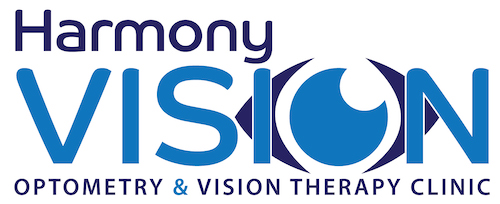Contact Lenses and Dry Eyes – How to Manage Contact Lens Related Dryness
Contact lenses provide the freedom of good sight and great peripheral vision without the annoyance of spectacle frames. However some people find contact lens wear uncomfortable, either putting up with constant irritation or quitting contact lens wear altogether. Understanding the more common reasons for dry eye symptoms and the options available will help you manage your comfort. Let’s have a look at the causes, drops and nutrition and alternative contact lens options including Orthokeratology.
Causes
Meibomian Gland Deficiency – the Meibomian Glands are oil secreting glands located in the upper and lower eyelids. As you blink a fine film of oil is spread across the tear film. As we know from seeing photos of the recent big ocean oil spills, oil and water don’t mix. Oil sits on top of water. In the tear-film this reduces how quick the tears evaporate between blinks. When the Meibomian glands produce less oils, the tears start to evaporate more quickly. There are treatments available to improve the function of these glands and if successful, and when combined with lubricant drops, contact lens wear comfort has a chance to improve.
Age – This oil production reduces with age, but so does aqueous production. Aqueous is that watery part of the tear film.
Environmental Causes – Air-conditioning and windy environments make the tear film evaporate more quickly. So does computer use. When you use your computer your blink rate slows and the distance between your eyelids widens – both factors increase the chance of the tears evaporating to the point where your eyes feel dry eye.
Contact Lenses – contact lenses increase the demand on the tear film, thereby increasing the need to have good tear quality and quantity.
Assistance for dry eyes
Lifestyle – rest and hydration.
- Take a break – Remove your contact lenses for midday soak in your regular multipurpose cleaning solution (not possible if you use a peroxide based system or single use lenses).
- Lubricants – commercially prepared, non-preserved eye lubricants are recommended, the more frequent the better – you can’t overuse these!
- Dry Eye Treatments – there are a number of dry eye treatments that your optometrist can provide. If you are using a lot of lubricants or have residual symptoms, talk to your optometrist.
- Protection – sunglasses in windy environments and turning air-vents away from your face reduce the effects of air-conditioning.
- Nutrition – your optometrist can investigate the nature of your symptoms and may recommend nutritional support that might assist with dry eye relief.
Contact Lens & Ortho-K Options
The material, design and wearing schedule can greatly improve (or reduce!) your contact lens comfort. Many contact lens related dry eye issues by simply switching to a lens material that is designed to reduce or avoid dryness – a little bit of effort and patience here is required to find the right lens, but has the reward of enabling someone to enjoy contact lenses for longer.
Ortho-K is a great option for those who find contact lens wear uncomfortable but want good vision without resorting to laser eye surgery. Ortho-K means wearing a lens only while you sleep. It gently reshapes your eye overnight so that when you take it out in the morning, you have comfortable and clear vision all day – no more daytime contact lens dryness.
